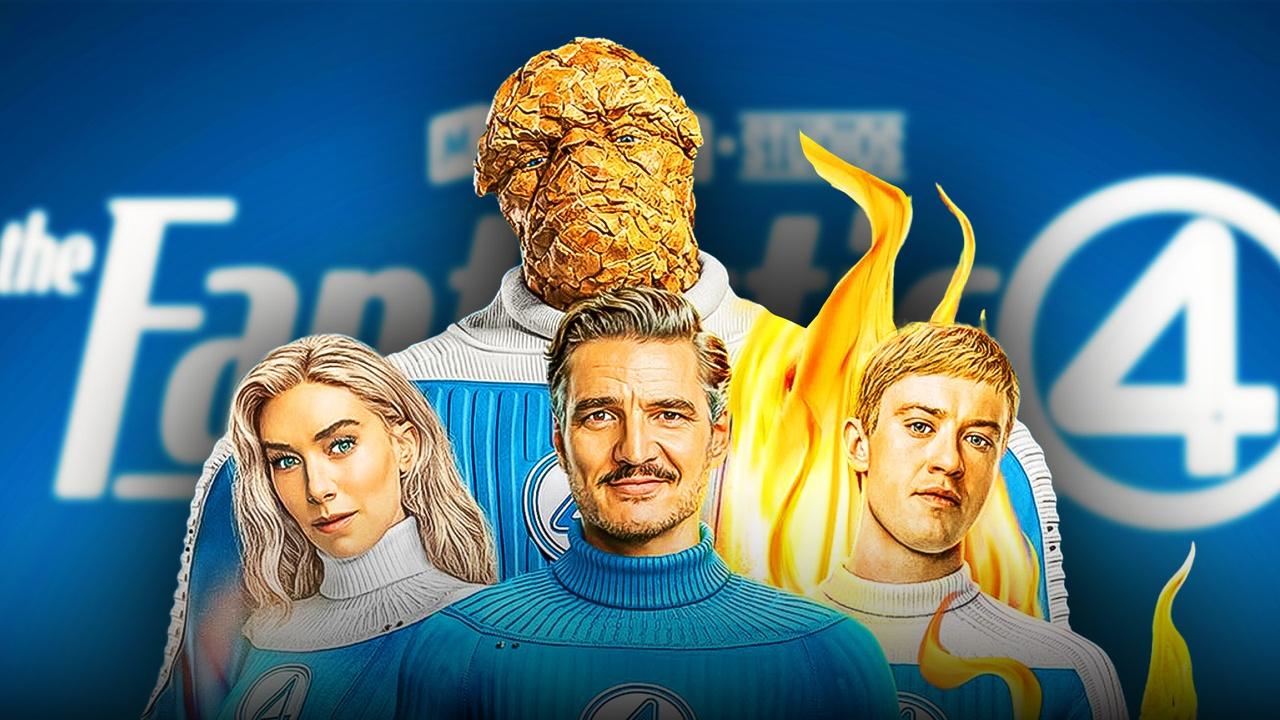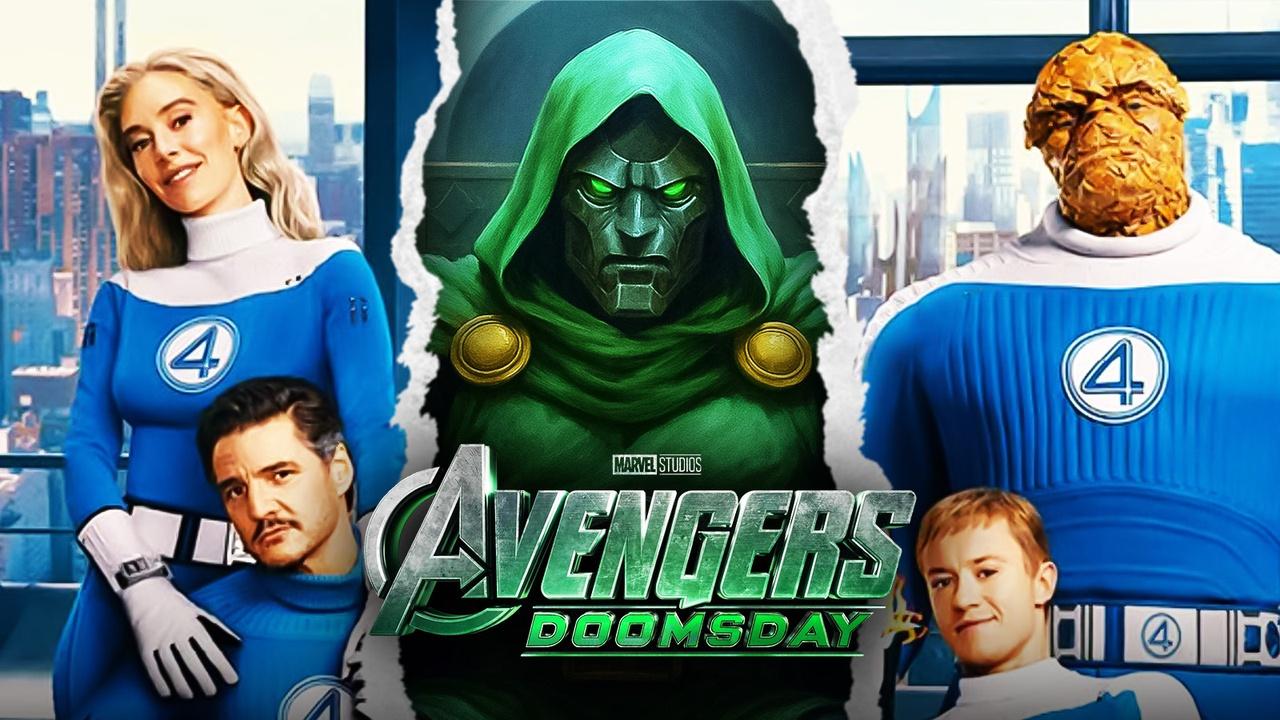
Marvel's First Family is coming to the big screen with a scientific approach that Stan Lee and Jack Kirby could never have imagined in 1961. Director Matt Shakman will bring real-world science to the Fantastic Four's powers, moving far beyond the original comic's cosmic ray explanation that launched Reed Richards, Sue Storm, Johnny Storm, and Ben Grimm into superherodom over 60 years ago.
In a recent interview with Variety, Shakman revealed how his cast dove deep into the scientific foundations of their characters' abilities. When Vanessa Kirby questioned how Sue Storm's invisibility and force field powers could actually work, Shakman didn't rely on comic book hand-waving. Instead, he showed her several images of refracting light through prisms, visually demonstrating the impact of altering the light of molecules. Kirby shed more light on this in the interview:
"I enjoyed that so much because it didn't feel fake... I felt like I could understand it and therefore could act it better because you're not pretending it's just like a magic power."
Marvel's The Fantastic Four: First Steps arrives in theaters on July 25, 2025, with powers that feel both fantastical and scientifically grounded—exactly what modern audiences demand from their superhero entertainment. First Steps features Pedro Pascal, Vanessa Kirby, Ebon Moss-Bachrach, and Joseph Quinn as the titular Fantastic Four team.
From Cosmic Rays to Quantum Physics

The shift toward scientific plausibility isn't unique to the Fantastic Four. Marvel Studios has consistently worked to ground fantastical concepts in real science, from the quantum realm mechanics in the Ant-Man films to the multiverse theories explored in Doctor Strange. This approach reflects audiences' growing appetite for scientific authenticity, even within the superhero genre.
Various comic book runs have attempted to modernize the Fantastic Four's origin over the decades. John Byrne's 1980s reboot suggested the cosmic rays were from a parallel dimension. At the same time, Ultimate Fantastic Four reimagined their powers as stemming from a teleporter accident that sent them to the N-Zone. More recent iterations have incorporated concepts from quantum physics and dimensional theory.
Shakman's approach appears to follow this tradition of scientific updating while maintaining the core essence of what makes these characters special. The director's emphasis on collaborative research—having his cast talk with astronauts and scientists and even watch Apollo footage—suggests a commitment to authenticity that extends beyond surface-level explanations.
The Challenge of Modern Believability
The challenge facing Shakman and Marvel Studios is significant. How do you make 60-year-old comic book science feel believable to audiences who carry supercomputers in their pockets and can fact-check any scientific claim instantly?
The answer seems to lie in treating the characters' abilities as extensions of real scientific principles rather than pure fantasy. This is reflected in Shakman's version of Mr. Fantastic himself.

The scientific approach may also signal Marvel's broader shift into grounded storytelling as the MCU moves beyond the multiverse saga. After years of reality-bending concepts and cosmic-level threats, grounding the Fantastic Four in recognizable science could provide a foundation for more relatable superhero adventures.
The emphasis on scientific authenticity also aligns with the characters' core identities as explorers and scientists first, superheroes second.
"They are parents first," Shakman notes in his Variety interview. "They are scientists and explorers second. And they're superheroes only when they have to be."
This scientific grounding represents a significant evolution from Lee and Kirby's original 1961 explanation. The Fantastic Four #1 attributed the team's powers to cosmic rays encountered during an unauthorized space mission. This concept felt cutting-edge during the Space Race era but lacks the scientific rigor that modern audiences expect from their superhero entertainment.
Marvel's Scientific Evolution
This scientific approach continues Marvel's evolution from the comics' original explanations. Where Tony Stark's arc reactor was once pure science fiction, the MCU grounded it in real particle physics and engineering principles. Similarly, the quantum realm began as a comic book concept but has been explained through actual quantum mechanics theories.
The Fantastic Four's scientific foundation could prove crucial for their integration into the larger MCU, particularly their upcoming presence in Avengers: Doomsday (read more about the team's role going up against Doctor Doom).

If these characters are to serve as the intellectual and scientific backbone of the next phase of Marvel stories, their powers need to feel consistent with the established physics of the MCU.
Shakman's commitment to scientific plausibility while maintaining the wonder and excitement of superhero storytelling suggests that The Fantastic Four: First Steps could establish a new standard for how Marvel balances comic book spectacle with scientific credibility.
In an era when scientific literacy is higher than ever, Shakman's approach ensures that the Fantastic Four's abilities feel earned rather than arbitrary, setting the stage for their crucial part in the MCU's future.












